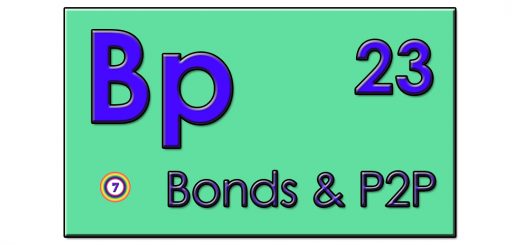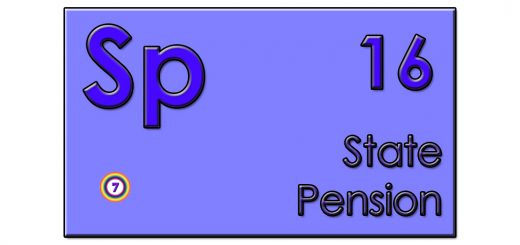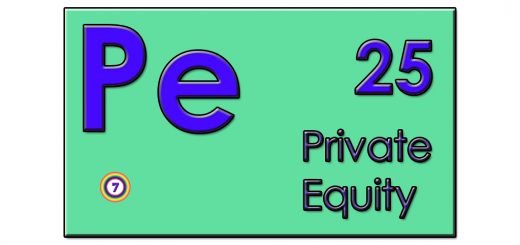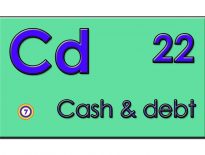Investment Trusts – Elements 7

This post is part of the Elements series, a Periodic Table of all the Investing Elements that you need to take control of your financial life. You can find the rest of the posts here.
What is it?
An Investment Trust (IT) is a form of collective investment fund, like ETFs and OEICS.
- Unlike OEICs, but like ETFs, they are listed on the stock exchange, so can be sold easily in trading hours, with a visible quoted price
- Unlike ETFs but like some OEICs, they use active management strategies (share picking).
Investment Trusts have a track record of outperformance compared to open funds (OIECs / unit trusts)
- Many have multi-decade track records of growth and / or of progressive dividend payouts
- They are long-term vehicles and because they are closed-ended, they don’t have to respond to short-term money flows into or out of the fund
- This gives them advantages over OEICs when it comes to illiquid asset classes (eg. property)
Instead, a run of buyers or seller will be reflected in the market price of the shares
- Investment Trusts can therefore trade at discounts or premiums to the value of their underlying asset values.
Investment Trusts can also use leverage when appropriate, to boost returns (unlike ETFs and OEICs)
There are also a couple of things that used to be true about Investment Trusts, but are now no longer true:
- Investment Trusts used to have lower operating costs on average than equivalent OIECs, but this has changed since the recent Retail Distribution Review (RDR) which cut the cost of OIECs
- However, most ISA and SIPP platforms charge a percentage fee to hold OEICs, whereas a flat fee is often charged for shares, including ITs and ETFs – this means that ITs and ETFs can be attractive to investors with large portfolios
- Investment Trusts have never paid commissions to financial advisors (IFAs), so until the RDR – which banned commision for OEICs as well – they we not often recommended by IFAs and
What kind of element is it?
An Investment Trust is a financial asset – it’s something that you own, usually inside a wrapper such as an ISA or a SIPP.
Who needs it?
For most people aiming for financial independence, a mixture of ETFs, Investment Trusts and direct holdings in home country (UK) stocks will work better than OEICs.
For small portfolios, and in situations where you do not have access to ITs and ETFs (eg. a workplace pension), OEICs can do a reasonable job, but they are not the preferred option.
What comes before it?
As with all types of collective fund, you need a budget and a plan, and some financial statements to show how far along with your plan you have got.
Your plan will include an asset allocation – a description of which assets you want to hold, which in turn will depend on your risk tolerance (another part of your plan).
And you need a tax-shelter – a wrapper to hold the Investment Trusts inside. This will normally be a SIPP or an ISA.
What comes after it?
If you hold it in an ISA, nothing – you just sell the Investment Trust when you need the cash, and take it out of your ISA.
If you hold it in a SIPP (a form of pension), you need to put the SIPP into Drawdown before you can access the cash. This in turn means that you need to be 55 years old.
What age do you need it from?
As soon as you start saving, so ideally no later than 25.
What age do you need it until?
For the rest of your life. You will be living off your Investment Trusts (and ETFs) in retirement (decumulation).
How much does it cost?
Costs vary widely, both in terms of the Investment Trusts themselves and the wrappers and platforms you hold them on.
- Fees have come down since the RDR made them look uncompetitive, and many Investment Trusts now charge less than 1% pa
- More specialist trusts (foreign property, forestry etc) can charge in excess of 2%, but these should be avoided
We discuss which platforms are cheapest here and here.
What’s in it?
The underlying assets within an investment trust depend on the sector it belongs to.
- Most commonly it will be listed shares, but some investment trusts hold bonds
- Others hold private firms (private equity), infrastructure projects, property and even hedge funds
What does a good one look like?
There are four things to look for in an Investment Trust:
- size (a lot of funds under management)
- low running costs (annual charges) for the asset class that it covers
- a long track record of outperforming its target index
- a long track record of maintaining or increasing it’s dividend
What does a bad one look like?
A bad Investment Trust has the opposite four features:
- it’s small
- it has high charges for its asset class
- it has no track record, or a track record of underperforming its index
- it has cut its dividend recently
Any recommended brands?
Most Investment Trusts are stand-alone single companies, but firms like JP Morgan and Schroders offer fairly comprehensive ranges.
We discuss interesting Investment Trusts, and a a model portfolio, regularly – see our series of articles here.
What are the main risks?
The main risks with Investment Trusts are underperformance and high charges.
How do you deal with these risks?
High charges can be easily avoided, but the best approach to reduce the risk of underperformance is to assemble a diversified portfolio of twenty to fifty Investment Trusts with track records of overperformance.
Until next time.
















